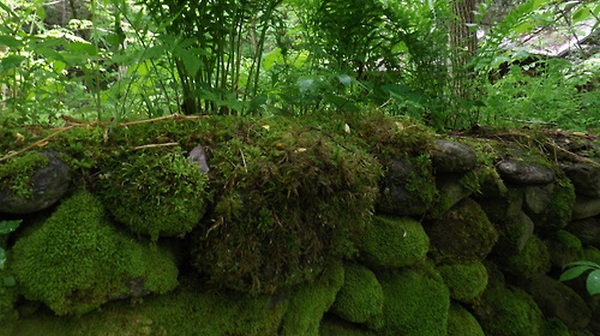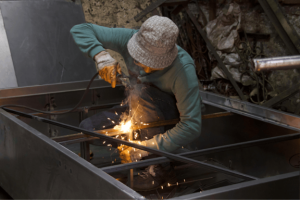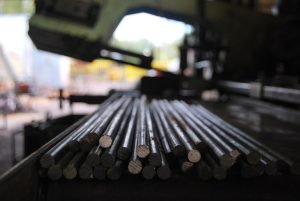Last Updated on April 26, 2024 by teamobn
Stone is one of the oldest materials on Earth. It has been used by humans for centuries, and its unique properties make it ideal for a variety of applications. From building homes and monuments to creating art, it is a versatile material that has a timeless appeal.
In-depth Look at The Art of Stone
Vancouver Island, B.C, Canada – Andreas Kunert and Naomi Zettl
If you’ve ever had the time and the inclination to work with stone, you’ll know how incredibly satisfying it is. Yes, frustrating at times but inevitably rewarding. Perhaps that’s because we are working with something older than ourselves and older even than humankind.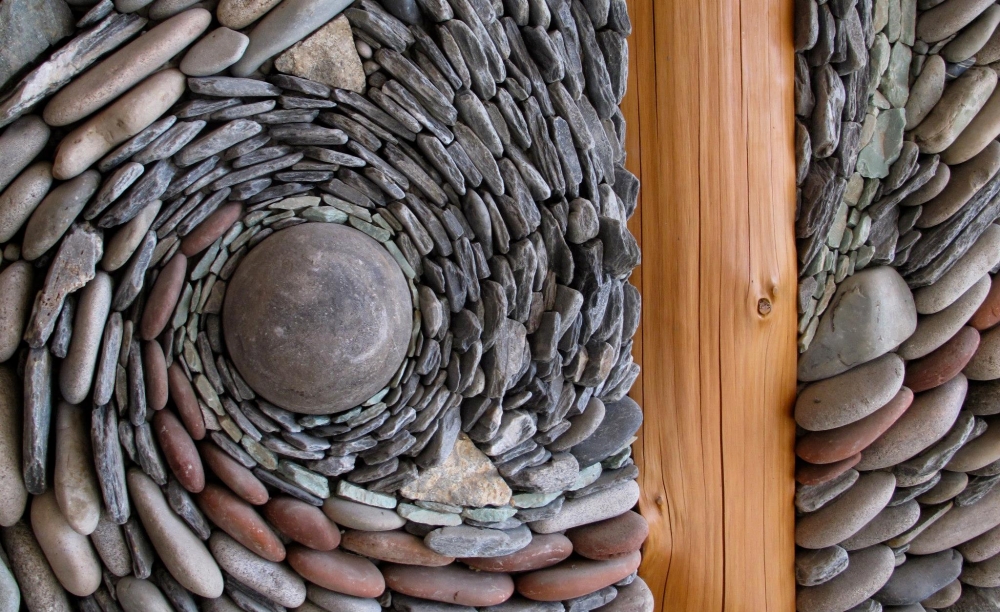
When we build a stone fence or garden edge, we know intuitively that it will be there for a very long time. In fact, there are fences and buildings around the world that are hundreds of, and in some cases, more than a thousand, years old.
And even when they tumble, or are destroyed in war or by earth’s primal forces, we can just pick those same stones up and start all over again… perhaps to rebuild what was previously there or to be used in a new, more relevant structure.
This brings us to The Ancient Art of Stone…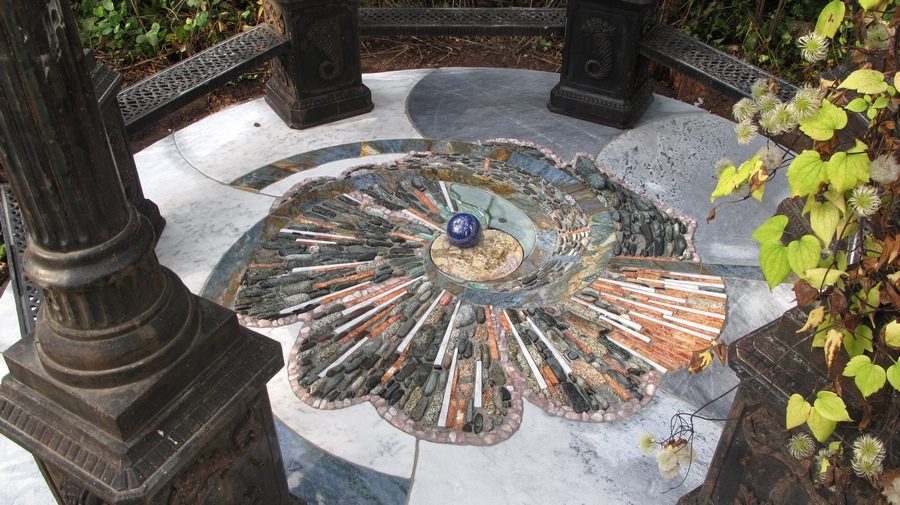
Andreas:
For the last twenty years, I have worked professionally with stone. My relationship with stone precedes even this work, for while I was born in Montreal, my family moved to Vermont, near The Rock of Ages Granite Quarry. Images of the great stones that I saw as a child are still etched in my mind.
Stones have always been in my life, calling me to places all over the world, from the Sahara Desert to the top of the Swiss Alps, from the bottom of the Grand Canyon to the shores of Australia. I am passionate to give the stone an articulated form.
This involves finding the right stones – listening – bringing these ones home, to my work, to my installations. Where they speak to me again. Telling me which one is first, and which one is to be last. And so my pieces grow from the visions in my mind and the spirit of the stone I discovered in nature.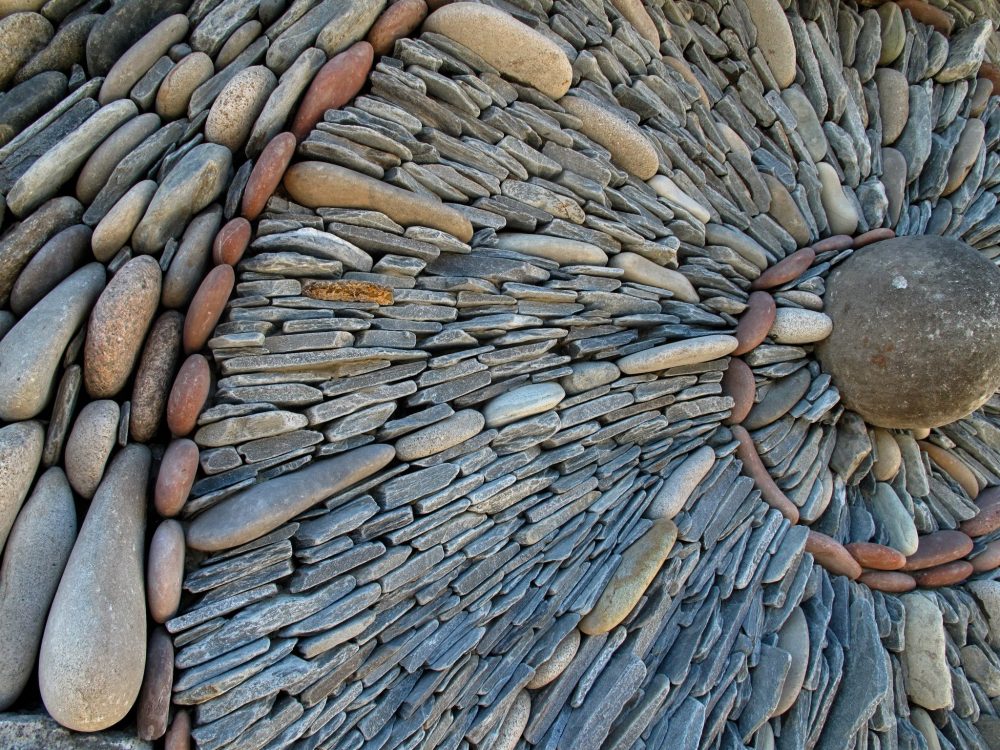
Naomi:
Ever since I was a young girl growing up on the prairies of Saskatchewan, I have always been fascinated with art & archaeology. Our front yard flowed into a big valley pasture where in distant times, the Plains Cree gathered in summer. I was mystified by the stone circles and ancient artifacts that we found meters from our home.
Andreas and I are passionate about creating amazing pieces for amazing people. Our life and work together are sacred in love, healing and creativity.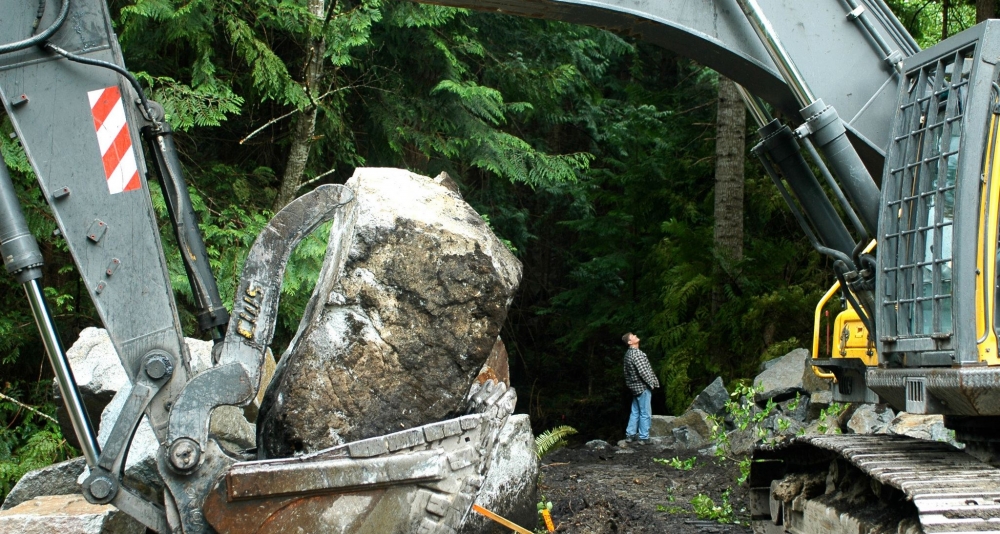
We come together to build and renew our connectivity to the Earth in a time of great change. Our partnership allows not just our own consciousness to expand and raise but the consciousness of us all through our creative expression in our pieces and our beautiful connection to the natural world.
Andreas Kunert and Naomi Zettl are professional artists who work with stone. Their art of stone is characterized by its intricate and beautiful designs. They have been working together for many years, and their art has been featured in numerous exhibitions.
If you are interested in their creation, you can check out our gallery. We prepared some of their popular and creative works that would inspire you to start your own project. 🙂 We are convinced that there is something that would please your eye.
Click on any image to start the lightbox display. Use your Esc key to close the lightbox. You can also view the images as a slideshow if you prefer ![]()
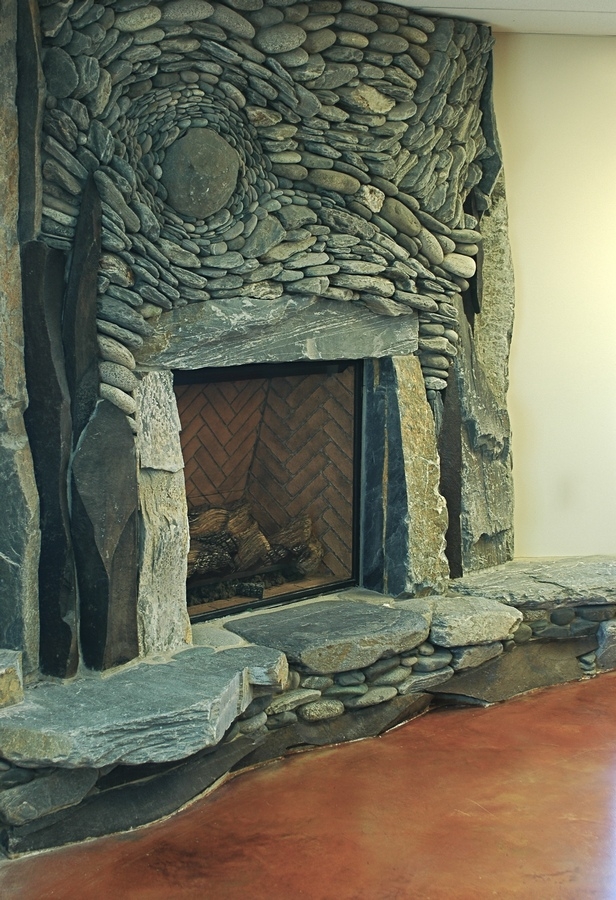
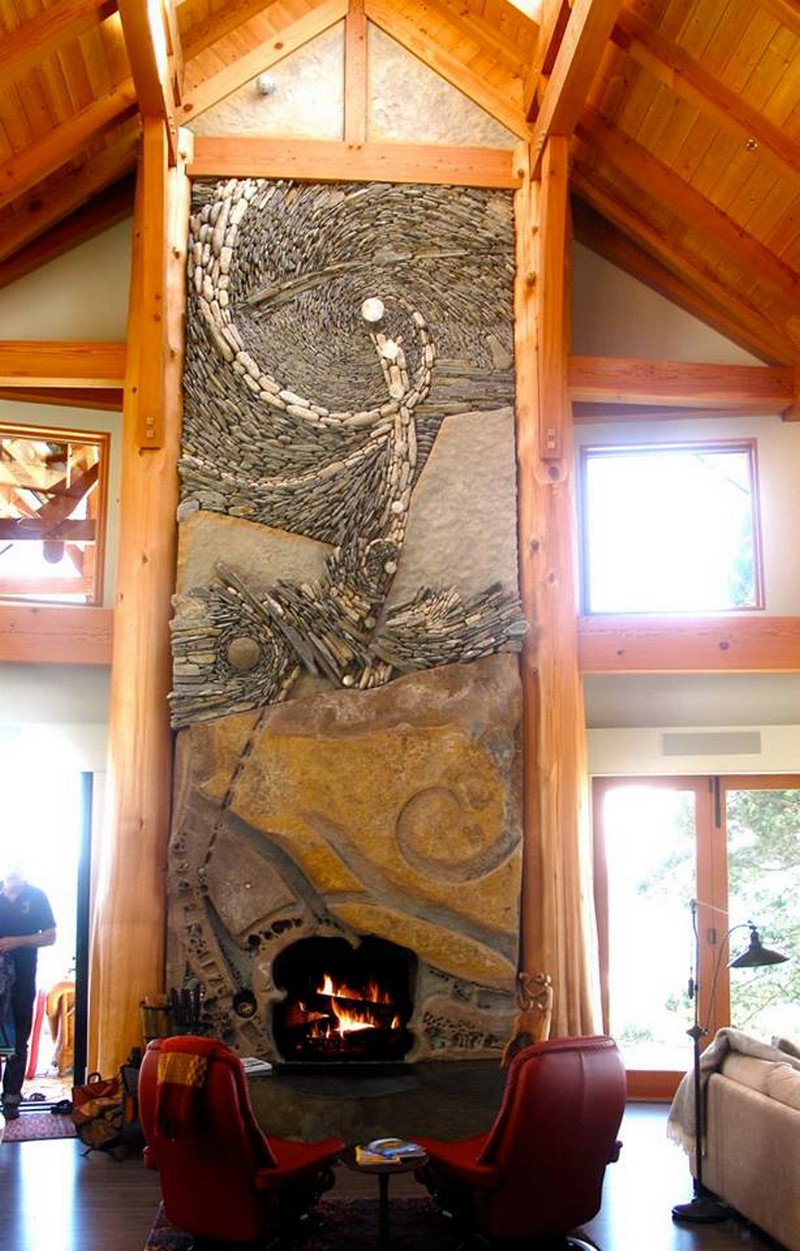

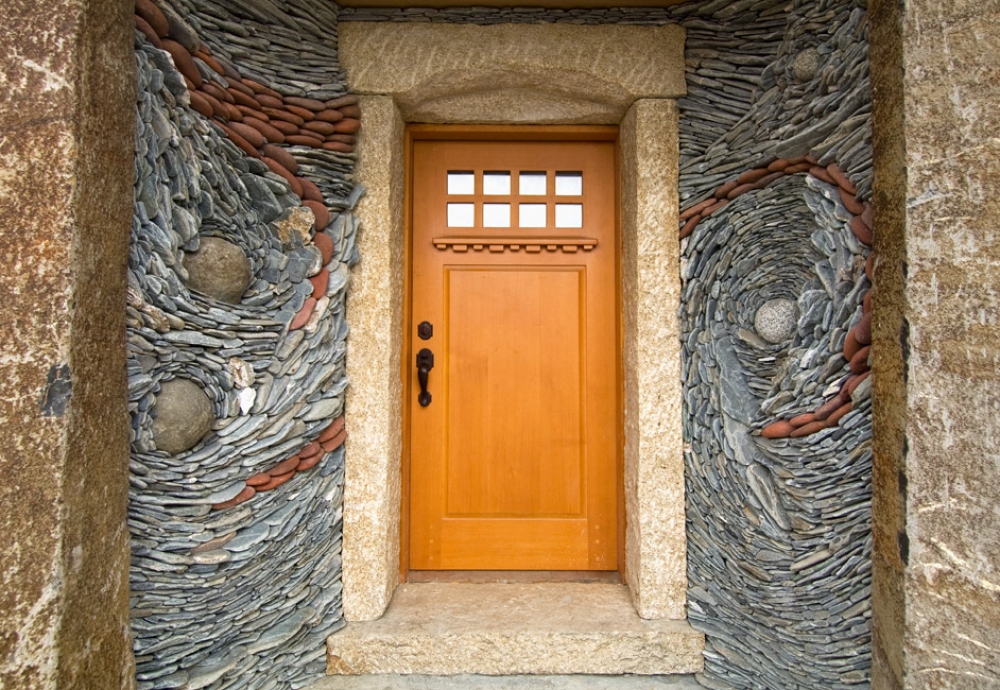
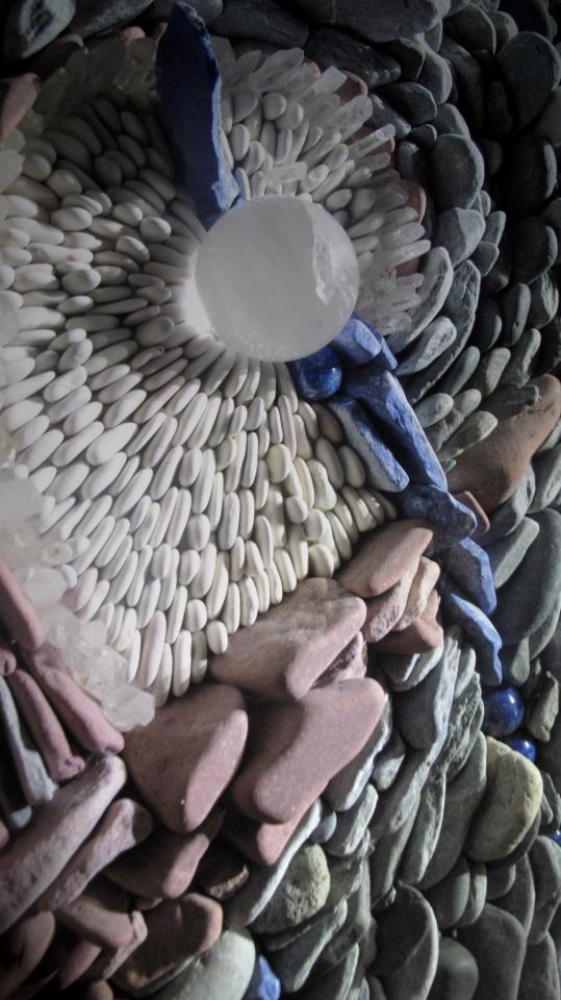
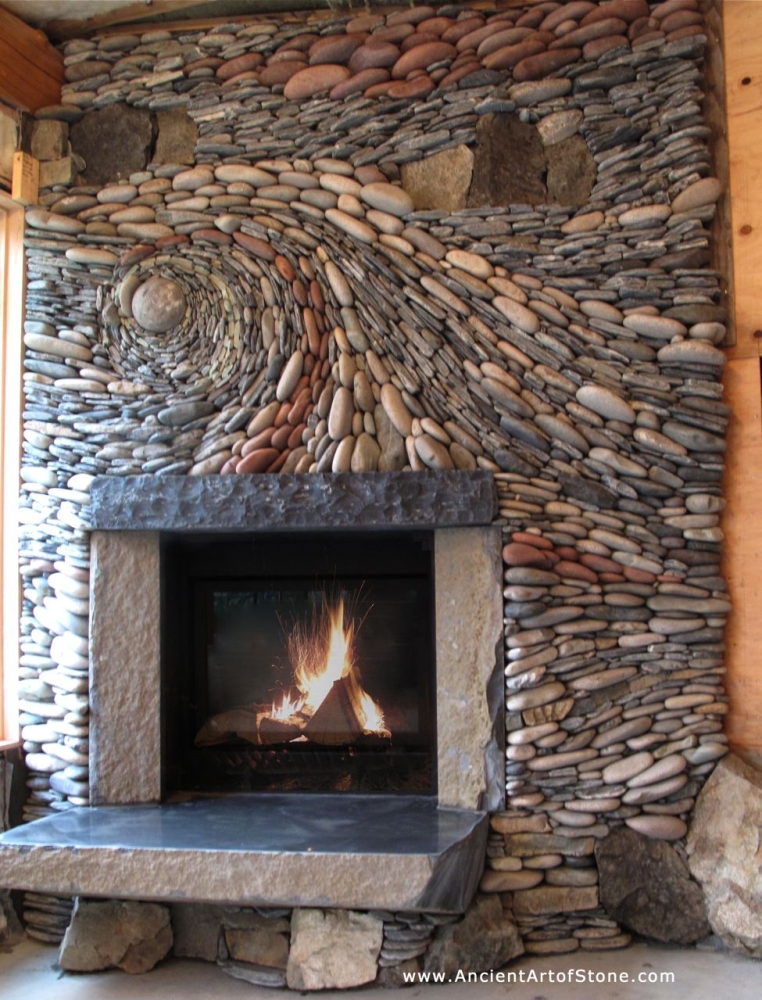
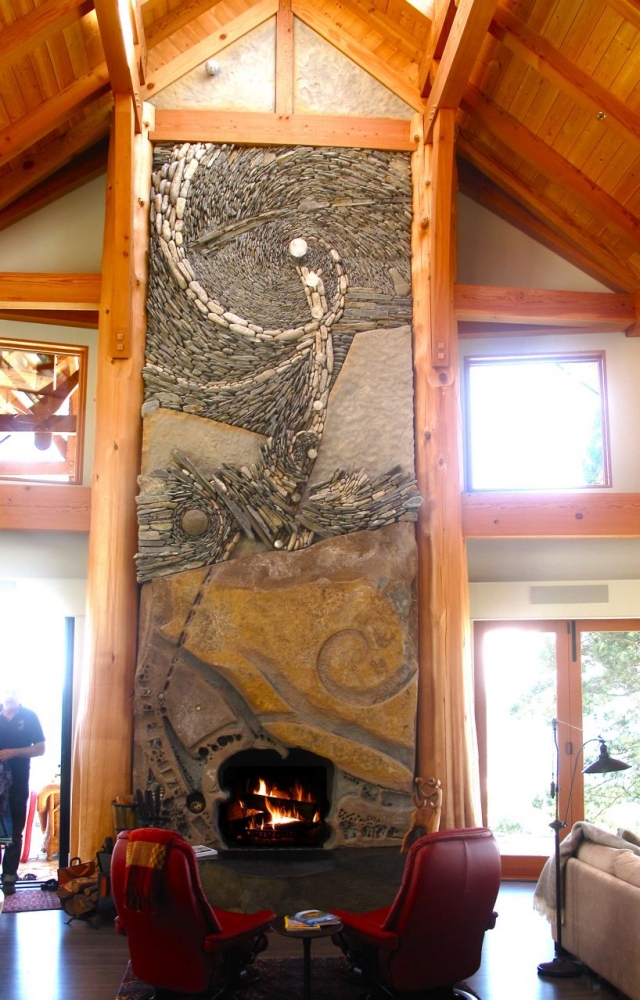
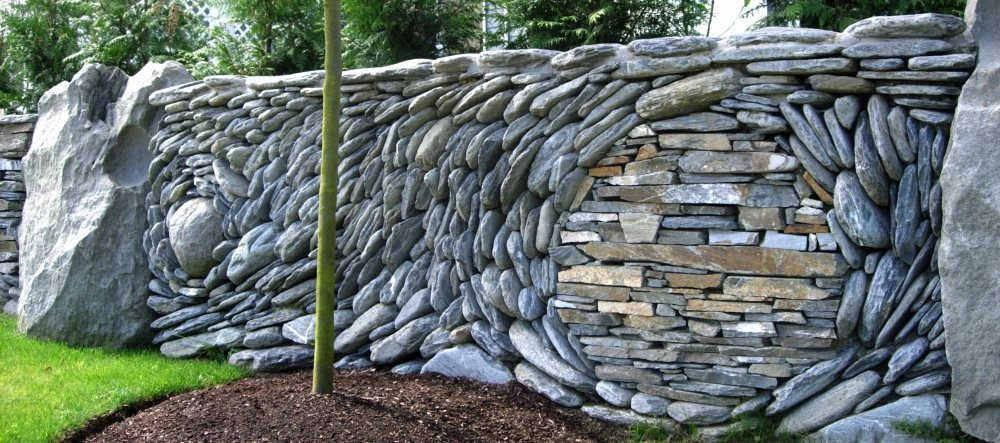

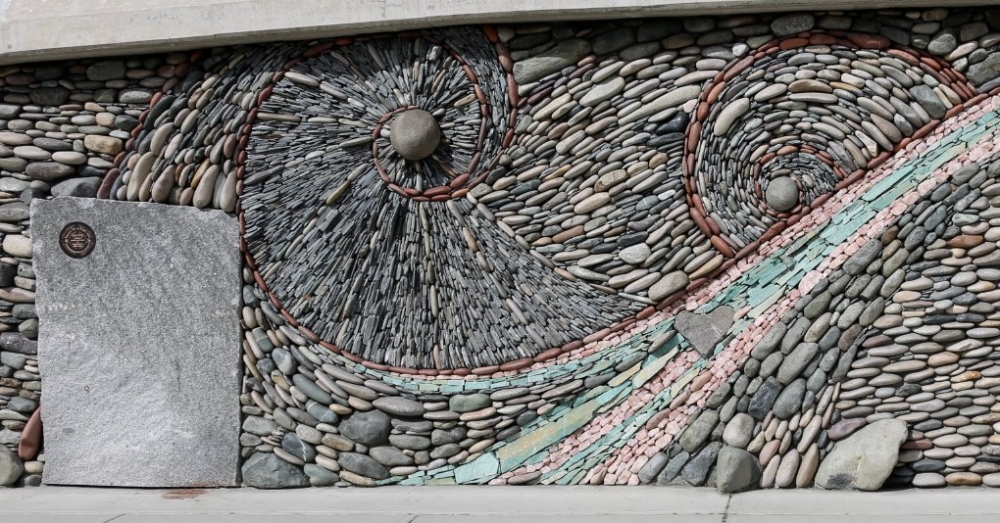
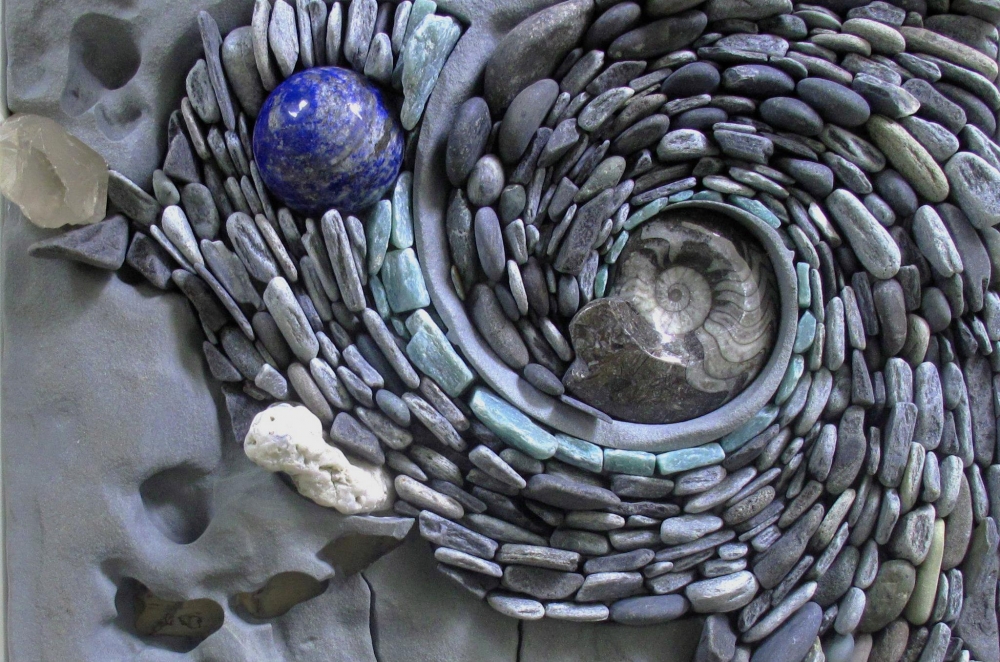
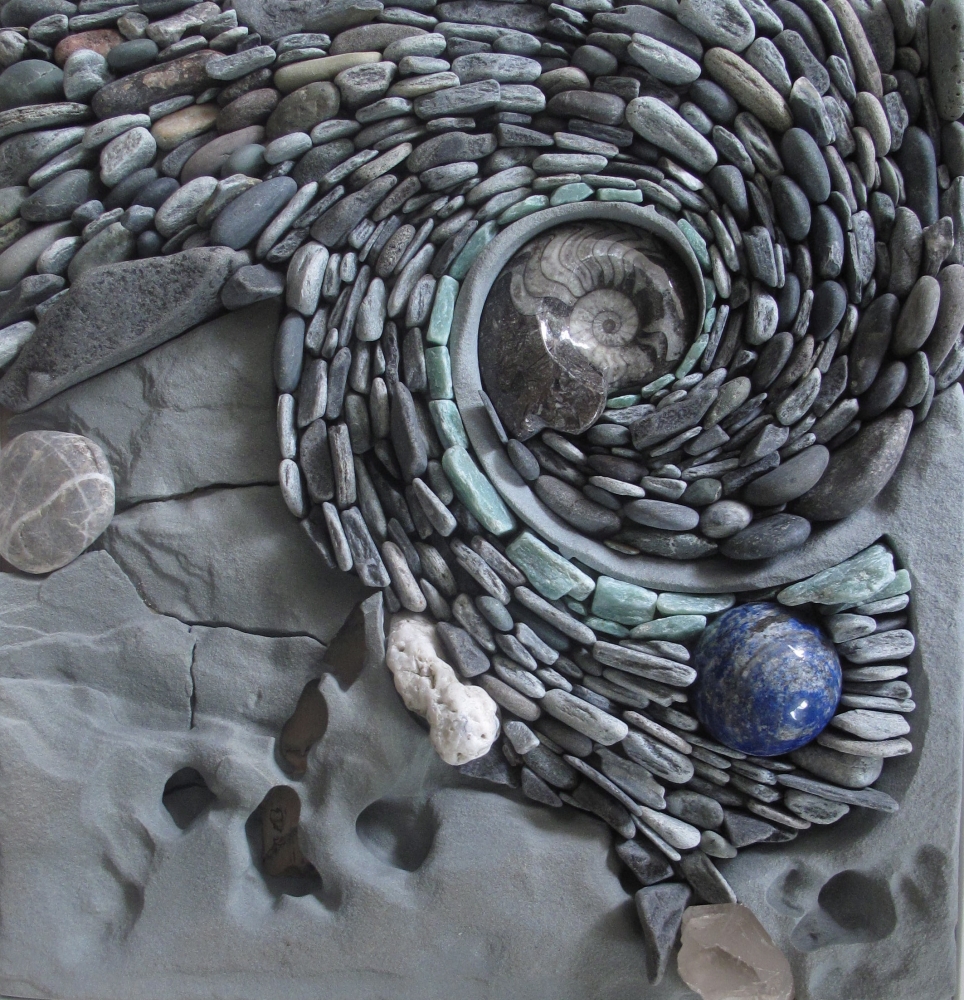
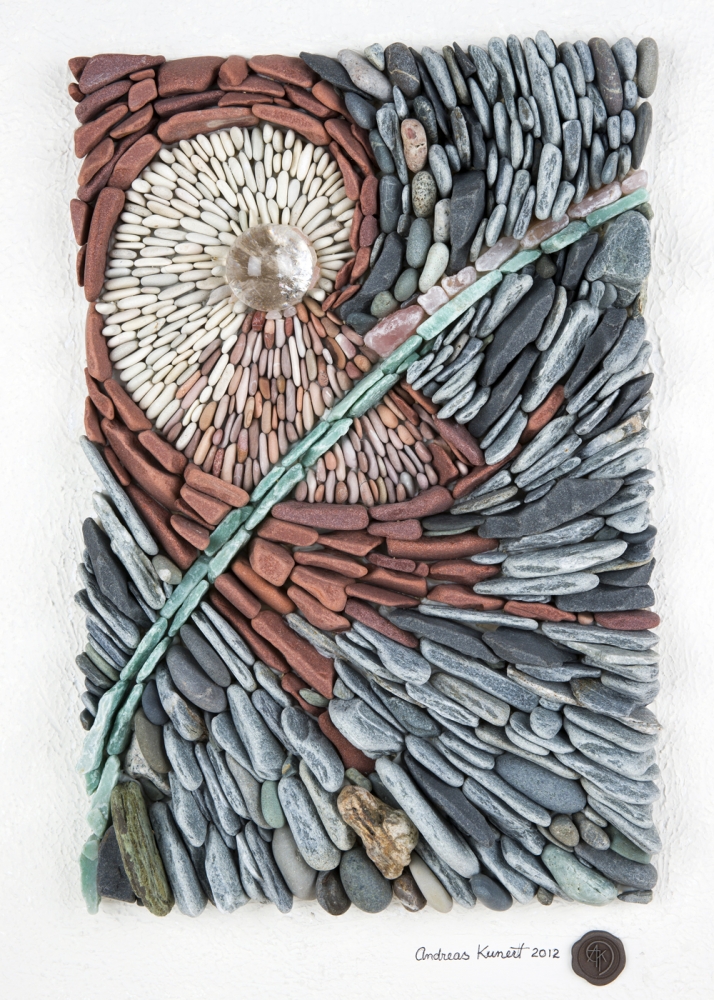
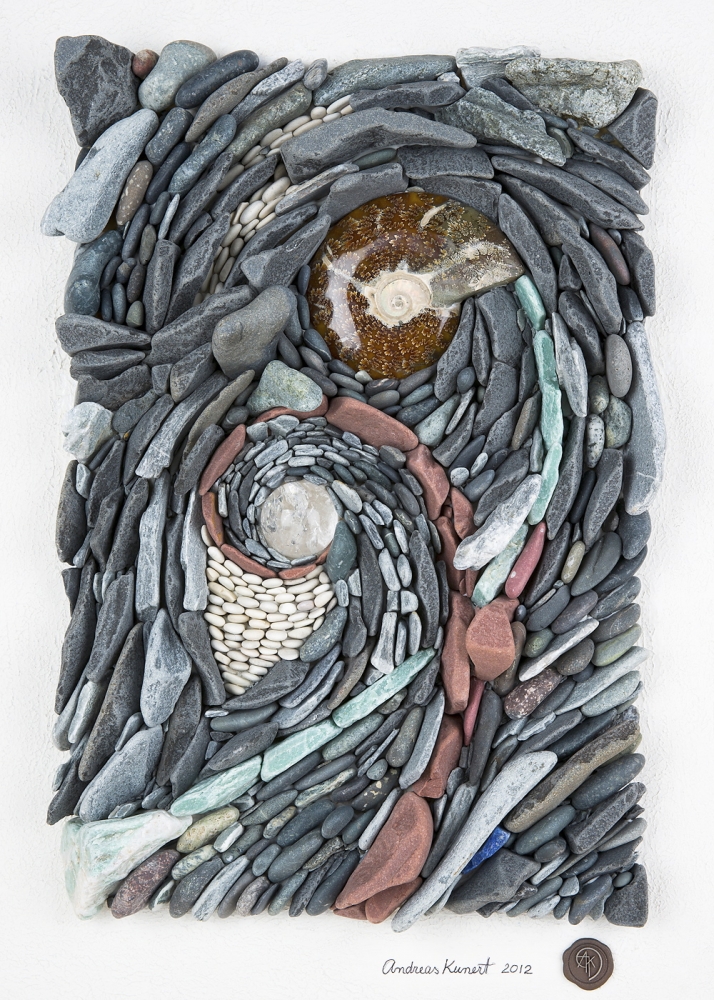

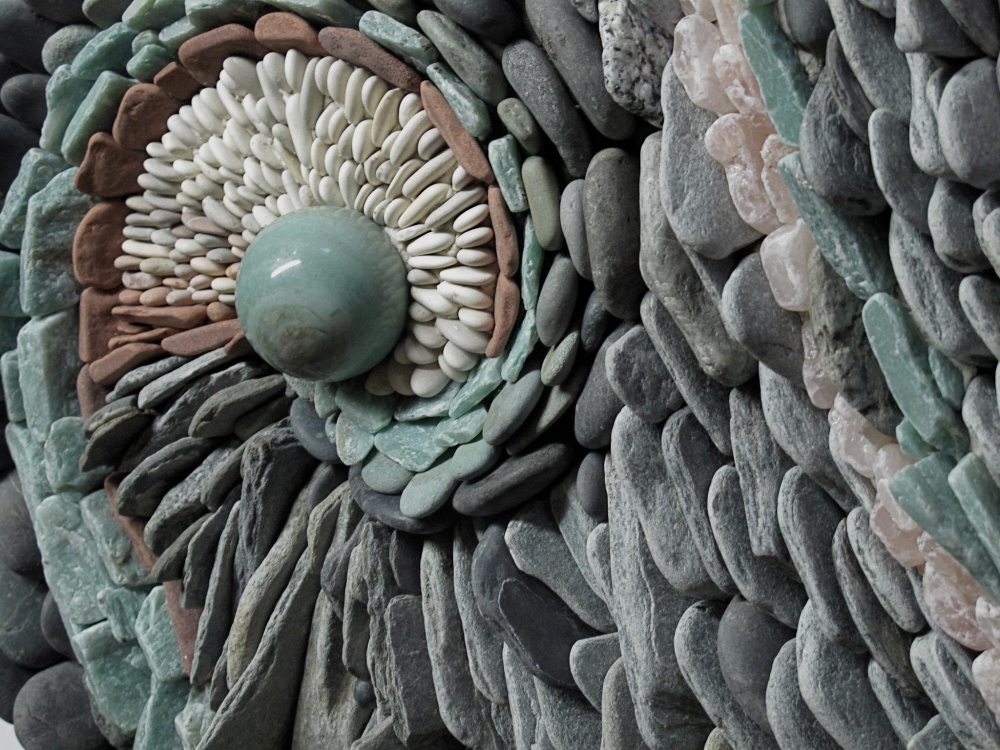
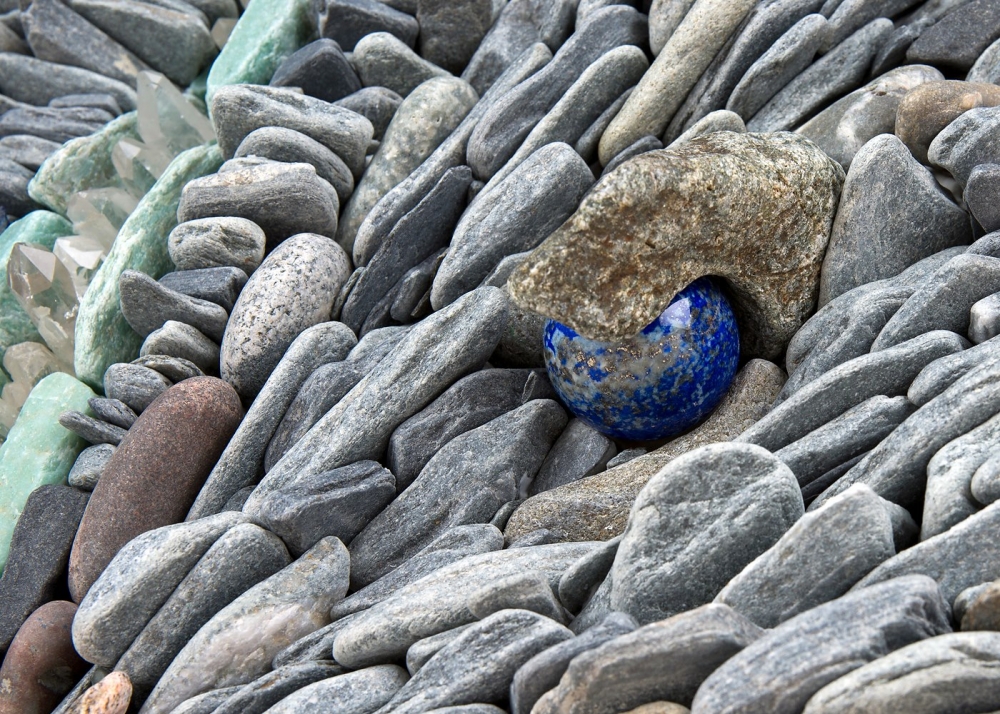
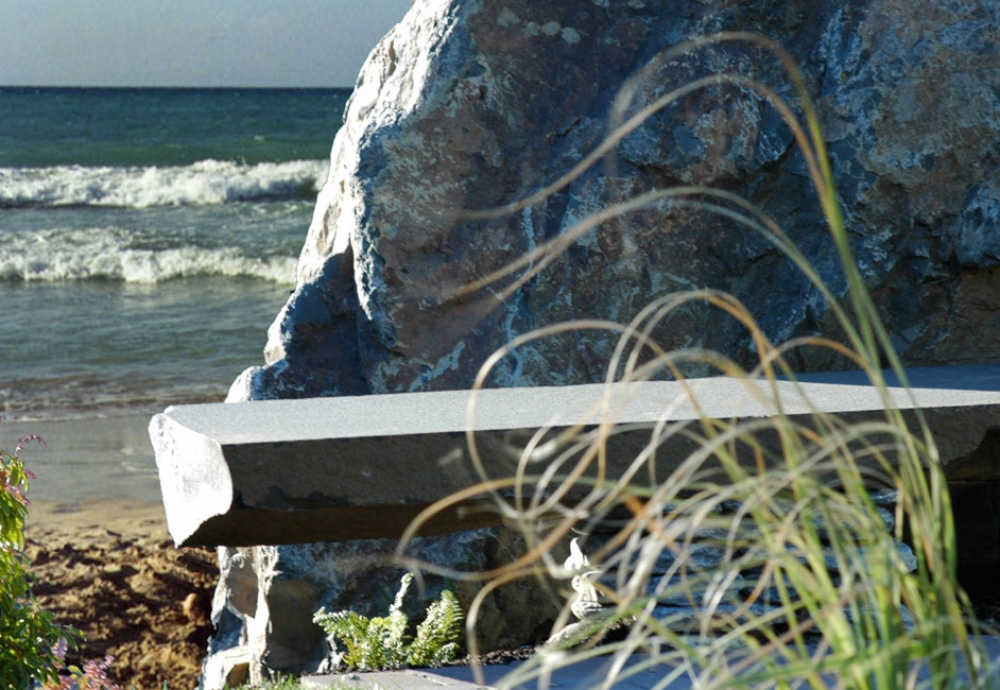
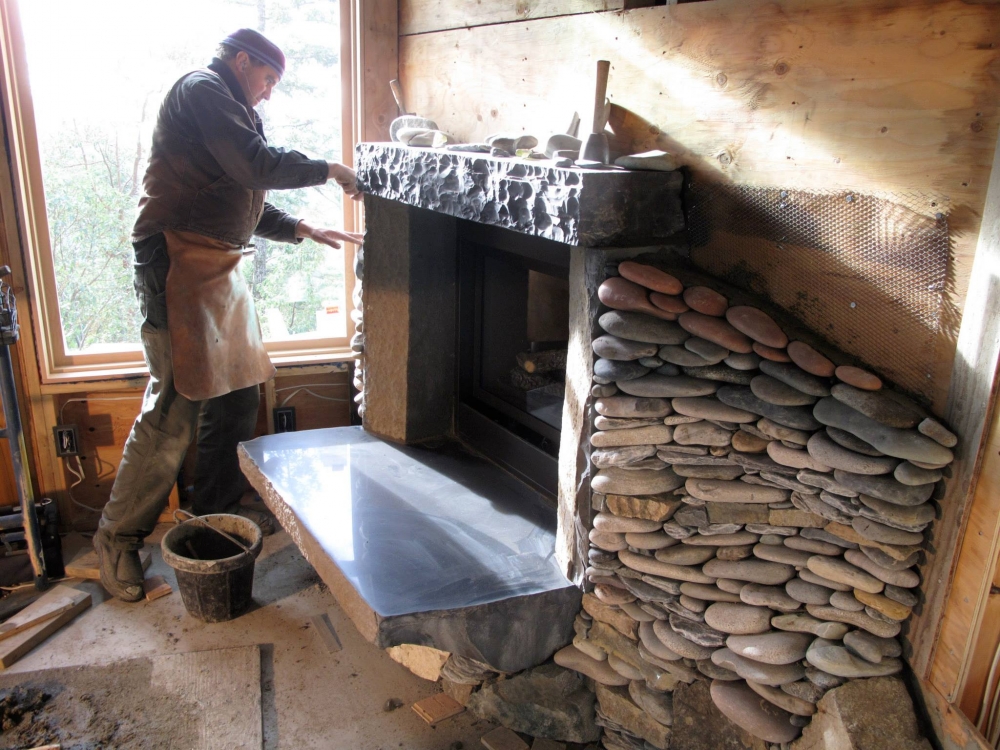
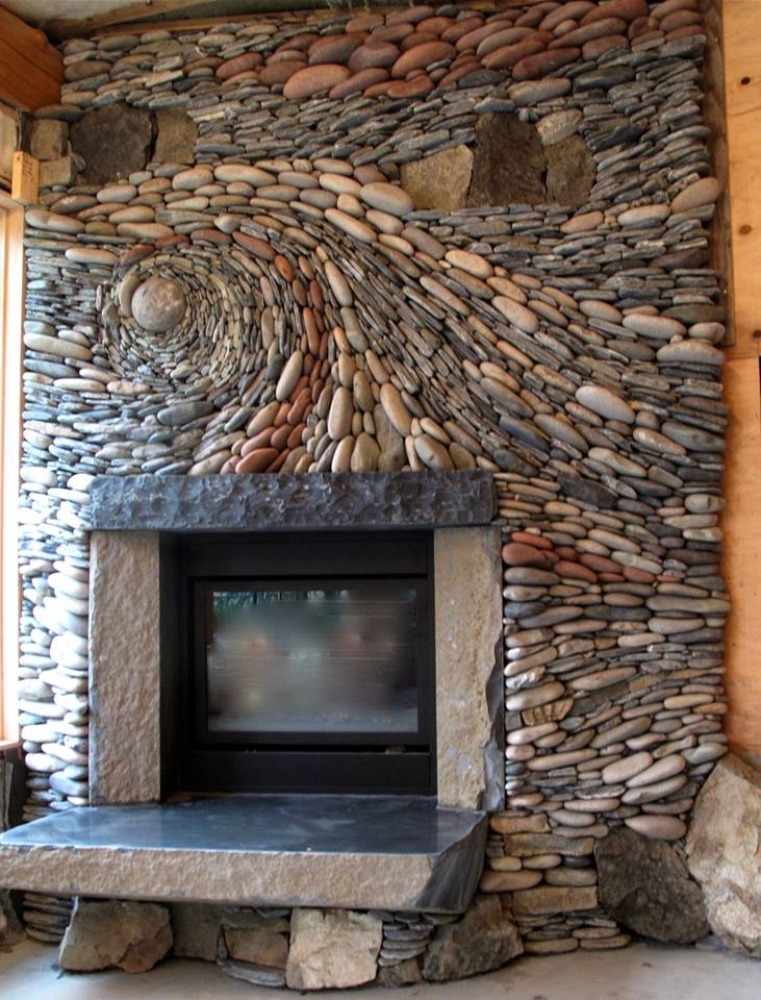
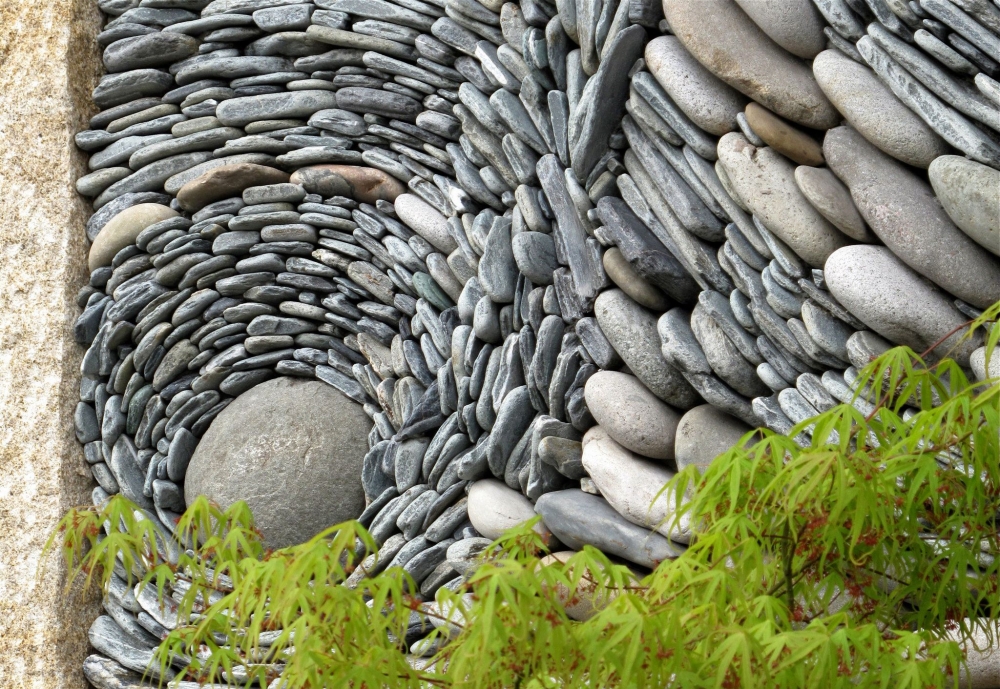
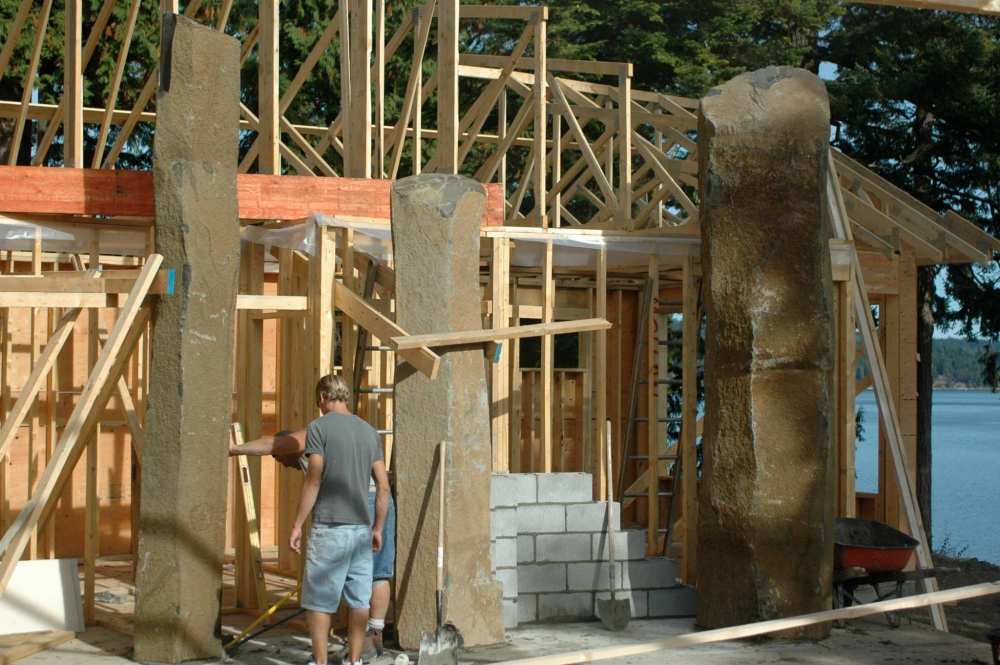
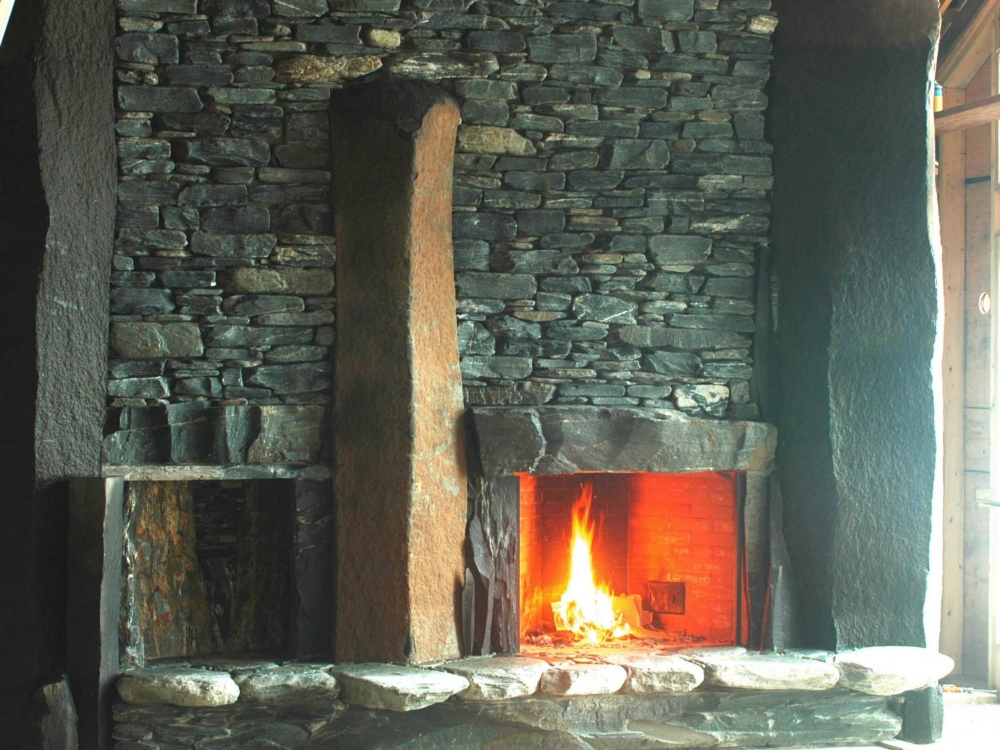
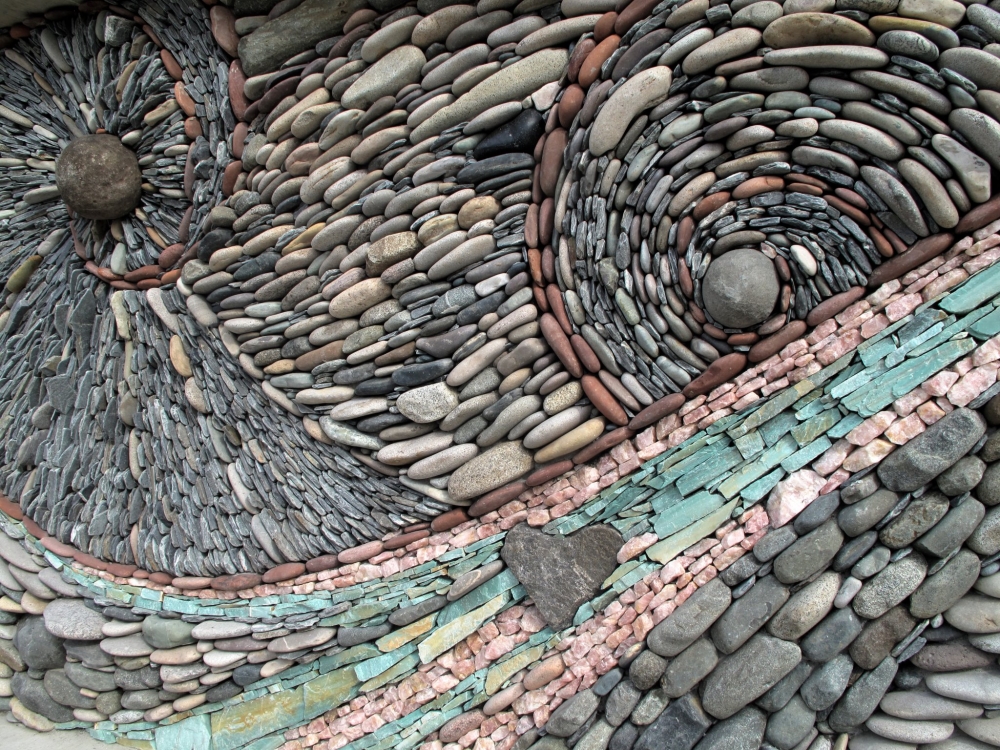
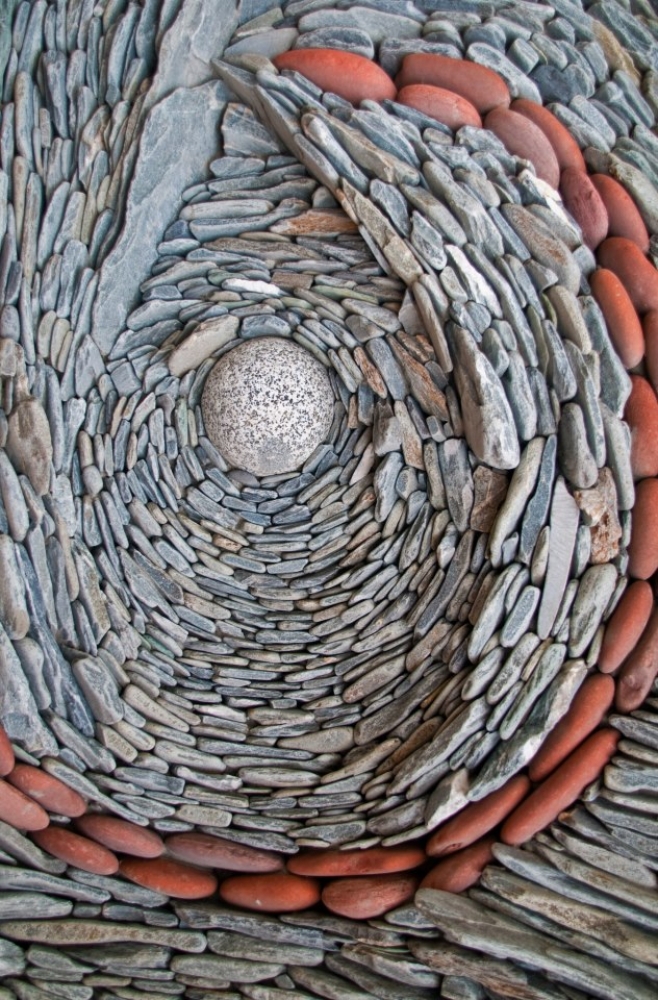
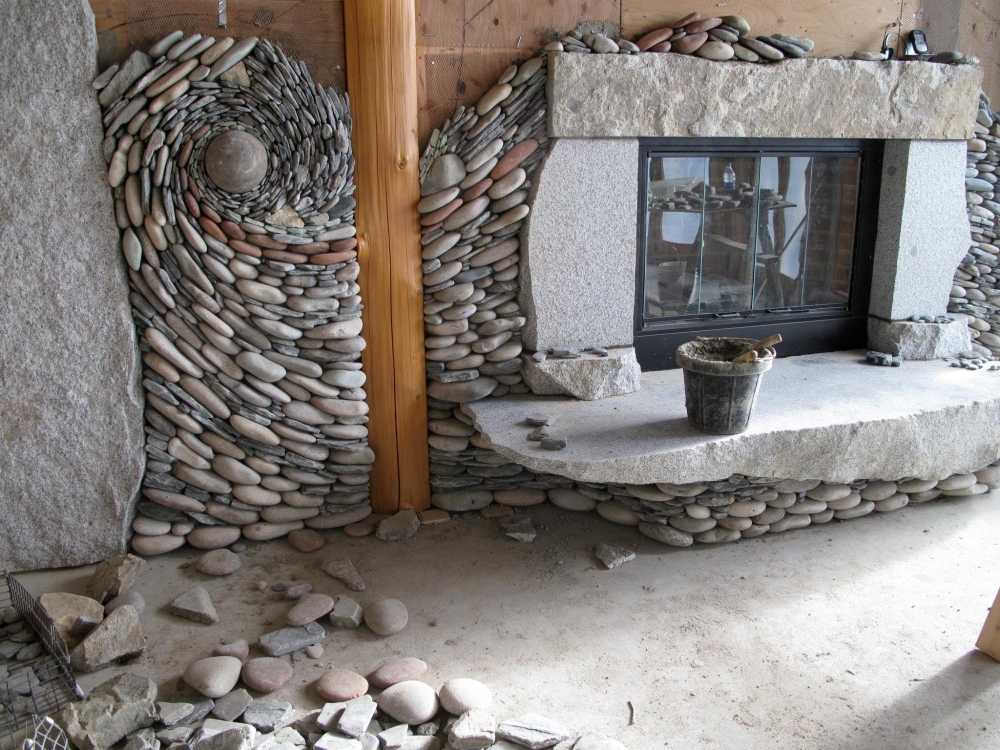
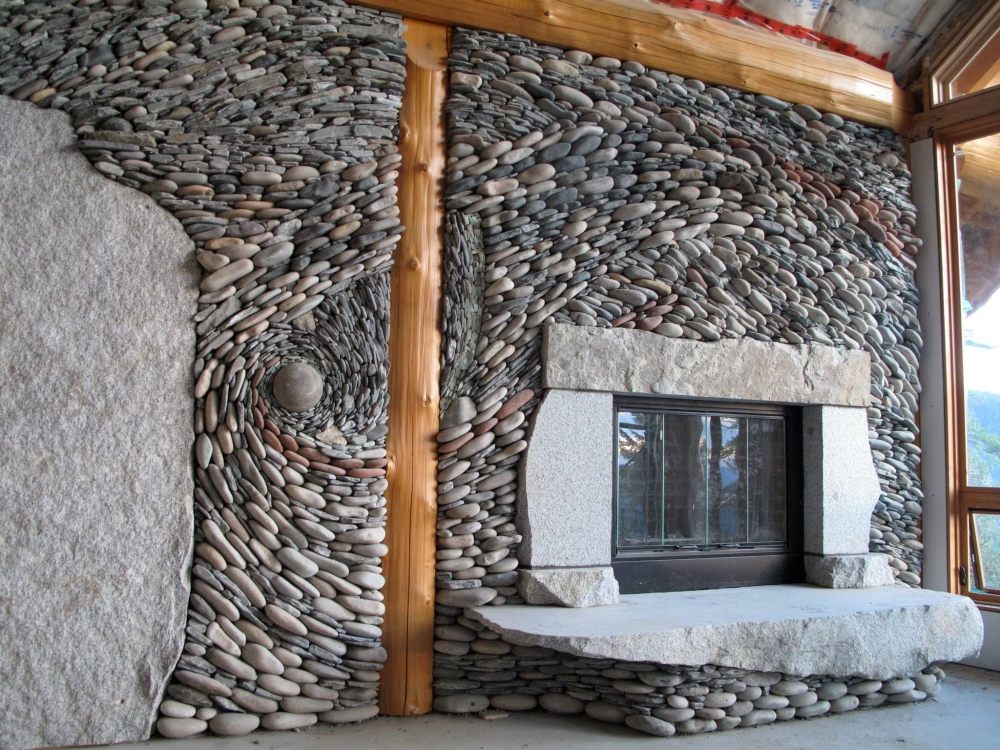

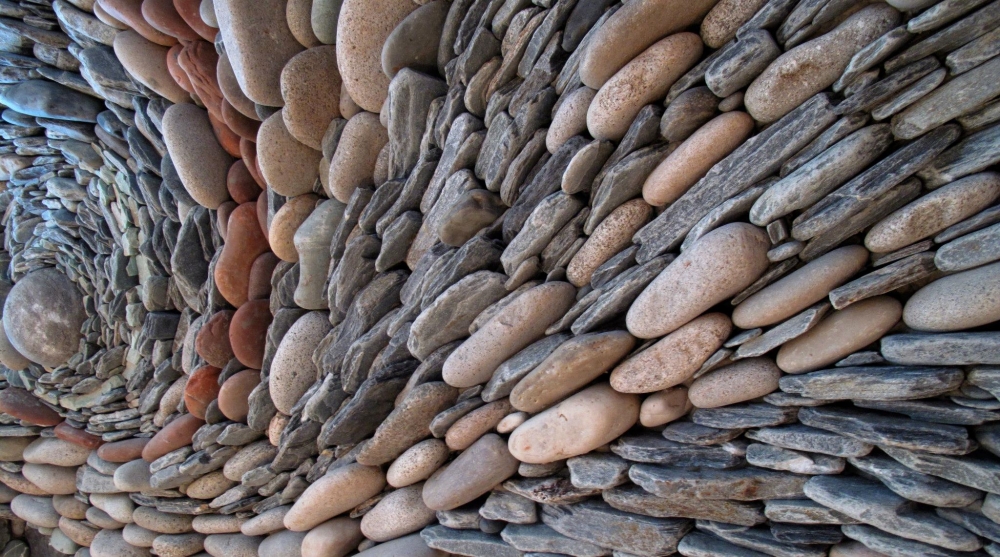
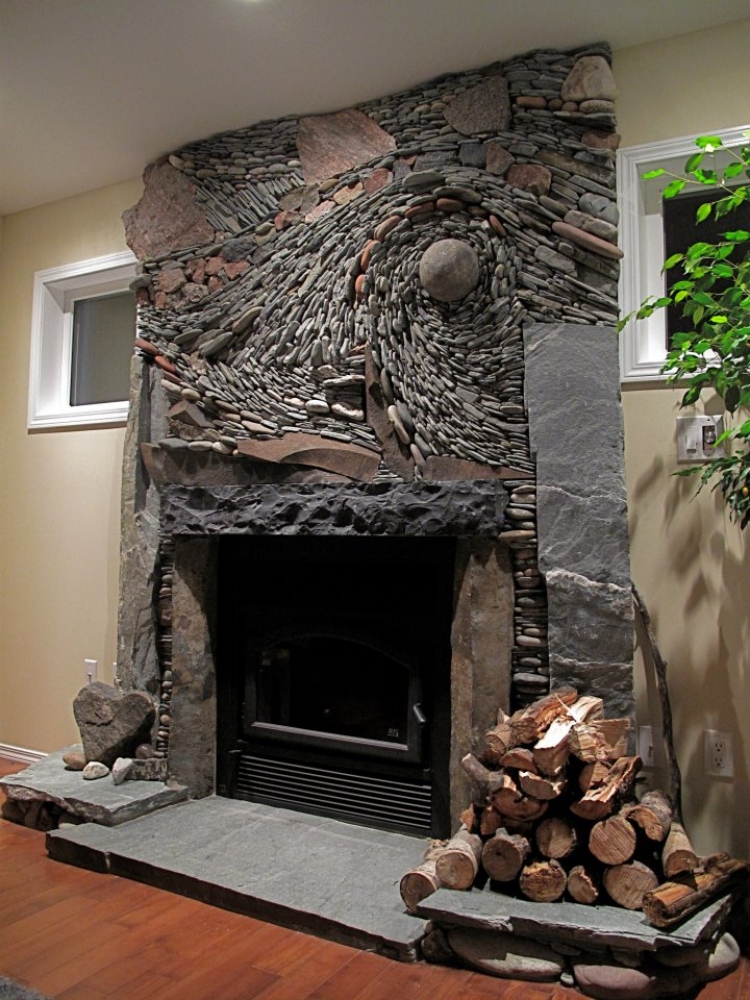

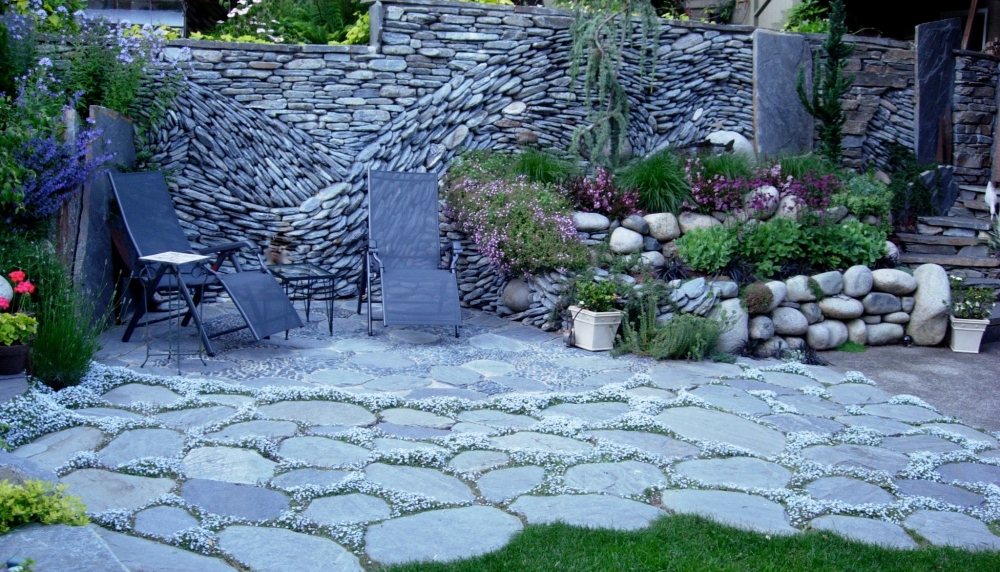
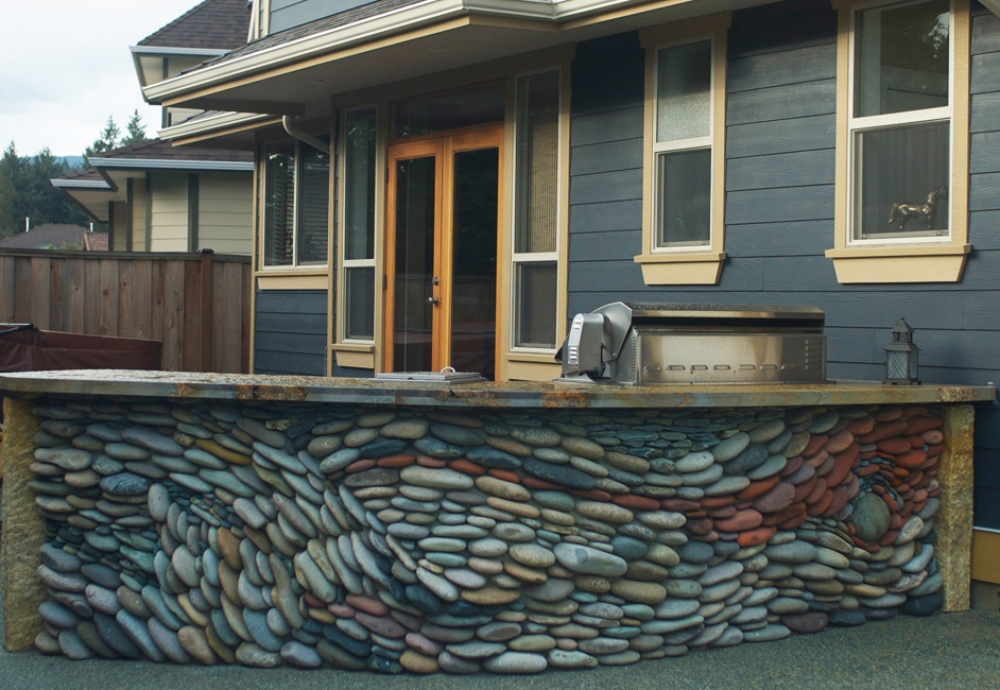
If you love working with stone, you’ll get lots of inspiration here…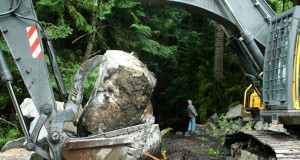
Sustainable Practices in Stone Art and Construction
Stone, one of the oldest and most enduring materials in art and construction, has a significant environmental footprint associated with its quarrying and processing. However, with increasing awareness and technology, sustainable practices are being integrated into the art of stone, ensuring its legacy continues with minimal ecological impact.
Here, we explore how modern sustainability efforts are shaping the world of stone art and construction.
Eco-Friendly Quarrying Techniques
Quarrying is the first step in the life cycle of stone art and construction projects. Traditional methods often result in significant landscape disruption and waste. Today, more sustainable quarrying techniques are being employed to minimize environmental damage.
These include using precision cutting technologies such as diamond wire cutting, which reduces waste and conserves raw materials. Water recycling systems are also integral, allowing quarries to reuse water in the stone cutting process, significantly reducing the quantity needed from natural sources.
Reusing and Recycling Stone
Sustainability in the art of stone extends to the reuse and recycling of materials. Stone remnants from construction and sculpting can be repurposed for new projects, such as mosaics, smaller sculptures, or as crushed stone for paving.
This not only reduces waste but also lowers the demand for freshly quarried stone. Moreover, artists and builders are increasingly turning to salvaged stone from demolished buildings, breathing new life into this ancient material and preserving its historical significance.
Local Sourcing of Materials
The art of stone benefits significantly from local sourcing, which reduces transportation distances and, consequently, the carbon footprint associated with the movement of materials. Artists and builders are encouraged to source stone locally where possible, which supports local economies and reduces emissions. This practice not only promotes environmental sustainability but also helps in maintaining the regional aesthetic in art and architecture.
Energy-Efficient Production
Advancements in technology have also introduced more energy-efficient tools for stone cutting and shaping, reducing the overall energy consumption of stone art production. These tools allow for quicker and more precise cuts, which improve efficiency and reduce the power used per project. Additionally, solar-powered and other renewable energy sources are being integrated into production facilities, further decreasing the carbon footprint of stone art and construction practices.
By adopting these sustainable practices, the art of stone not only becomes more environmentally friendly but also aligns with global efforts to combat climate change and environmental degradation. These initiatives ensure that the timeless beauty of stone continues to be enjoyed with a conscious appreciation for our planet.
Technological Advances in the Art of Stone
The art of stone has been transformed by technological advancements. Advanced equipment enhance both the creative possibilities and the efficiency of working with this ancient material. Modern technologies allow artists and builders to achieve precision and complexity in stone art that was unimaginable in earlier times.
Here, we explore some of the key technological innovations that are reshaping the art of stone.
Precision Cutting Tools
Advances in cutting tools have revolutionized the way stone is shaped and sized. Diamond-tipped blades and high-pressure water jets are now commonplace in the industry.
These tools offer a level of precision that allows for intricate designs and ensures minimal material wastage. The precision cutting tools not only speed up the process but also enhance the safety of stone cutting, reducing the risk of accidents in the workshop.
Computer-Aided Design (CAD)
Computer-Aided Design (CAD) software has become an invaluable tool in the art of stone. Artists and architects use CAD to create detailed models of their works before the actual cutting begins.
This allows for adjustments and refinements in the design phase, which significantly reduces errors and material wastage during production. CAD also enables complex, precise patterns that would be difficult or impossible to achieve by hand.
CNC Machining
CNC (Computer Numerical Control) machining has brought unprecedented precision to the art of stone. CNC machines can carve intricate details into stone based on designs input through CAD software.
This technology is particularly useful for repetitive designs and patterns, ensuring uniformity and perfection in every piece. CNC machining is crucial for large-scale projects where consistency and accuracy are paramount.
3D Printing with Stone
While still in its developmental stages, 3D printing technology is beginning to impact the art of stone. Researchers and innovators are experimenting with 3D printers that can extrude stone powder mixed with a binding agent, allowing for the creation of stone objects directly from digital models.
This technique could potentially reduce the need for extensive manual carving, opening new avenues for sculptural art and functional stone objects.
Robotic Arm Sculpting
Robotic arms equipped with cutting and sculpting tools are being used to perform some of the most labor-intensive tasks in stone art. These robots can be programmed to execute precise movements, making them ideal for creating large sculptures or parts of stone buildings.
The use of robotic arms not only speeds up the production process but also helps preserve the physical health of human sculptors, who no longer need to perform the most physically demanding tasks.
The integration of these technologies into the art of stone is not just enhancing artistic expression but also pushing the boundaries of what can be achieved with this timeless material. As technology continues to evolve, the future of stone art looks both promising and exciting, with limitless possibilities for innovation and creativity.
Conclusion
The art of stone continues to evolve, driven by technological advancements that expand both creative boundaries and efficiency. This timeless material benefits significantly from sustainable practices and modern tools, ensuring its legacy in both art and architecture for future generations. As we embrace these innovations, the art of stone stands as a testament to human ingenuity and our enduring connection to the natural world.
We have more art appreciation posts. Check out our custom wall art ideas blog next!

